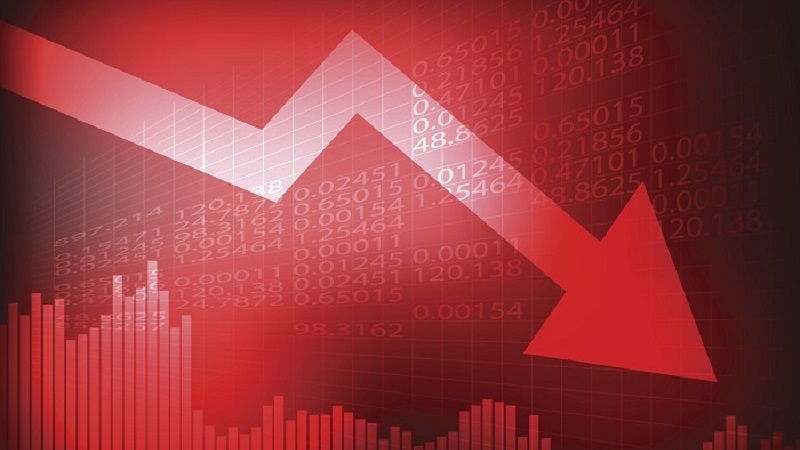What lies ahead is no mean feat: highways need to be reconstructed; new cities and ports built; subsidence areas repaired. The sheer enormity of the task is expected to trigger significant economic growth for the region, with output enhanced through additional investment from Japan’s third supplementary budget, expected to be announced soon. Several factors now point to Japan’s economic revival.
Employment recovering from post-quake decline
The three areas most impacted by the earthquake (Iwate, Miyagi and Fukushima) are still excluded from national unemployment statistics. However, according to the Economy Watchers Survey conducted by the Cabinet Office, job offers are increasing in civil engineering, housing, delivery, warehousing and security sectors within those areas.
Increasing demand for raw materials
Investors may not see the strong returns they might expect from the construction sector as Japan’s government policy in this instance is for profits to be ploughed back into the local economy. Where this is real potential, however, is in raw materials. Due to increased demand, suppliers have taken the opportunity to raise prices; cement has enjoyed recent price hikes, while synthetic resin (used to make pipes for supplying water and sewerage systems) has recently gone up for the first time in two years.
Production and export activity picking up
According the Nikkei, June data showed Japan was returning to almost pre-earthquake production and export levels (95% and 94% respectively), compared to February figures. As supply chains continue to rapidly recover and declines in personal consumption seem to have hit a bottom, positive growth is anticipated for the second half of 2011.
Although the value of exports fell by 1.6% year-on-year in June 2011, this was a significant improvement on the 10.3% decline seen for the period ended May 2011. Contributory factors included a reduced decline in automobile exports, as well as a double-digit rise in general machinery, including construction equipment bound for China. Export figures should continue to improve as domestic production recovers. However, recent concern about the global economic slowdown may constrain production and export recovery to some extent and should be monitored.
Corporate quality expected to bolster earnings against earthquake’s impact
For the full year 2011, some Japanese companies are expected to sail past previous earnings reports with record high results. In particular, companies which have recently reviewed their businesses and chosen to focus on core competencies and/or launched their brand overseas to capture wider Asia – a region experiencing significant growth – may be in a stronger position to report sustained profit growth for several years to come.
Opportunities amid turmoil
It would be naive to consider investment opportunities in Japan without also acknowledging the turmoil currently facing global financial markets. Developed markets in particular are likely to continue to be impacted by issues of low growth for a while to come.
According to a recent IMF growth forecast, however, Japan is predicted to experience the highest GDP growth of its G7 peers in 2012 (2.3%); this result may be attributed in part to growth stimulated by necessary reconstruction efforts. Although global market risks paint an unclear picture, the ‘Japan reconstruction’ theme is likely to persist for some time yet, suggesting that attractive investment opportunities may exist for investors willing to look beyond the volatility currently being experienced.











